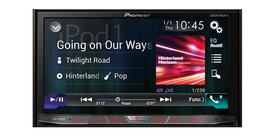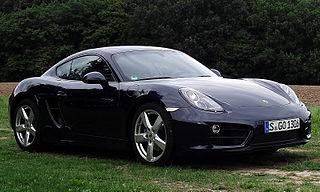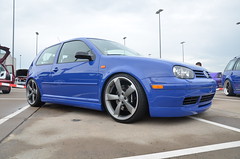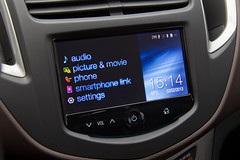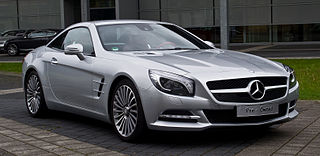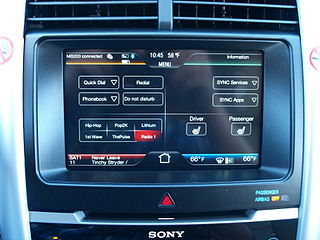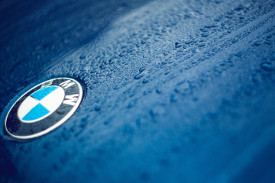Pioneer NEX album art
In-car music libraries
Most modern in-car entertainment systems can play music files just like any other smartphone or computer via a car audio interface. These articles show how to use bliss to organise music for car audio systems.
Pioneer NEX devices have large screens to show album artwork; here's how to fix your artwork so it displays.
Read MoreA look at the confusion around getting album art displaying in Porsche in-car entertainment systems.
Read MoreHow VW's CMS system finds album art, and the rules for displaying album artwork.
Read MoreA description of the rules when showing album art on MyLink car entertainment systems, with a walk through with bliss on how to fix album art.
Read MoreHow to use bliss to fix album artwork to show on a Mercedes COMAND in-vehicle entertainment system.
Read MoreHow Ford SYNC scans album art, and how to get your music library to store album art so it shows in your SYNC.
Read MoreHow to store album art in your music library so that it shows in your BMW iDrive display.
Read MoreHow to use bliss to fix album artwork according to the strict Audi MMI constraints.
Read MoreIn-car music
In car audio has been around almost as long as cars themselves. Developments in in-car audio have always tracked developments in wider music, meaning music formats enjoyed in the home would eventually be enjoyed in the car too. This meant first radio, then vinyl, 8-track and so on moved into the car. Eventually, in the early 21st century, music files began to appear, and car audio interfaces began to boast ever more flexibility and capaciousness.
The ability to play MP3s and other music file formats meant an astonishing improvement in flexibility and increase in the amount of music that could be taken on the road. Whereas before an in-car stereo might be limited to a few CDs, now entire collections could be taken on the road.
Step forward to today, and cars now either have their own Internet connection or they can access the Internet via a smartphone. This means the world of streaming is now open, increasing the total addressable music collection further. This means even more available music.
There remain reasons to still have self stored collections, though. In some cases, in-car audiophiles want very high bit-rate and HD recordings. Sometimes, some releases are not available on streaming services. In many cases an always-on Internet connection is more theoretical than a practical option. And, finally, some listeners simply want to retain control over their library, and don't want to sign up for a streaming service.
Storage and connection options
You can bring and connect your music collection to your car stereo in different ways.
Smartphone
A smartphone can typically be connected to a car stereo via numerous connectors. Simplest is the AUX output - in this case the connection is purely an audio one, and the smartphone is in control of what is played. More sophisticated connections can be achieved using Bluetooth - with this approach, playback can be controlled from the car stereo, and incoming and outgoing calls via the smartphone can be managed. This makes for a safer as well as more immersive experience.
As a smartphone is essentially a small computer, this gives you a lot of options; you could playback from the phone's storage, or use a streaming service.
SD card
An earlier development was the ability to insert an SD card containing music files. This is a flexible solution, and it allows the car music system to control playback, but it requires the copying of a music library onto the SD card.
External storage
Another possibility is connecting an external hard drive, or solid state drive. Typically this will connect via a USB port into the car stereo. The experience is much like SD cards; the playback is controlled by the car stereo, but you are responsible for the content on the
File formats
Music files can be stored in different formats.
MP3
MP3 is by far the best supported music format, across all devices, and that includes in-car stereos. It's probably the best default choice.
However, MP3s can also have different tagging formats. Some older car stereos only support ID3v1, while newer ones support more recent tagging formats. If you choose MP3, consider embedding both ID3v1 and ID3v2 tags.
FLAC
FLAC (Free Lossless Audio Codec) is stored in the same quality as the source, for example a ripped CD, or even a studio master. It's less well supported, but where it can be played FLAC is generally the best choice for it's higher audio quality.
Album art
The advent of dashboard-mounted big screens mean high quality album art is now a possibility.
More than any other library organisation task, in-car stereos have restrictions on the album artwork that can be displayed. You need to consider:
Stereo-specific
Ultimately, organising a music collection for an in-car stereo means complying with the rules of the stereo. This means that organising a music library has to be done with the specific requirements of the stereo system in mind.
We've created 8 in-car music articles to help you get the best out of your system. But if your car is different, let us know about your system and we'll be pleased to write a new guide.
Send us an email about your car